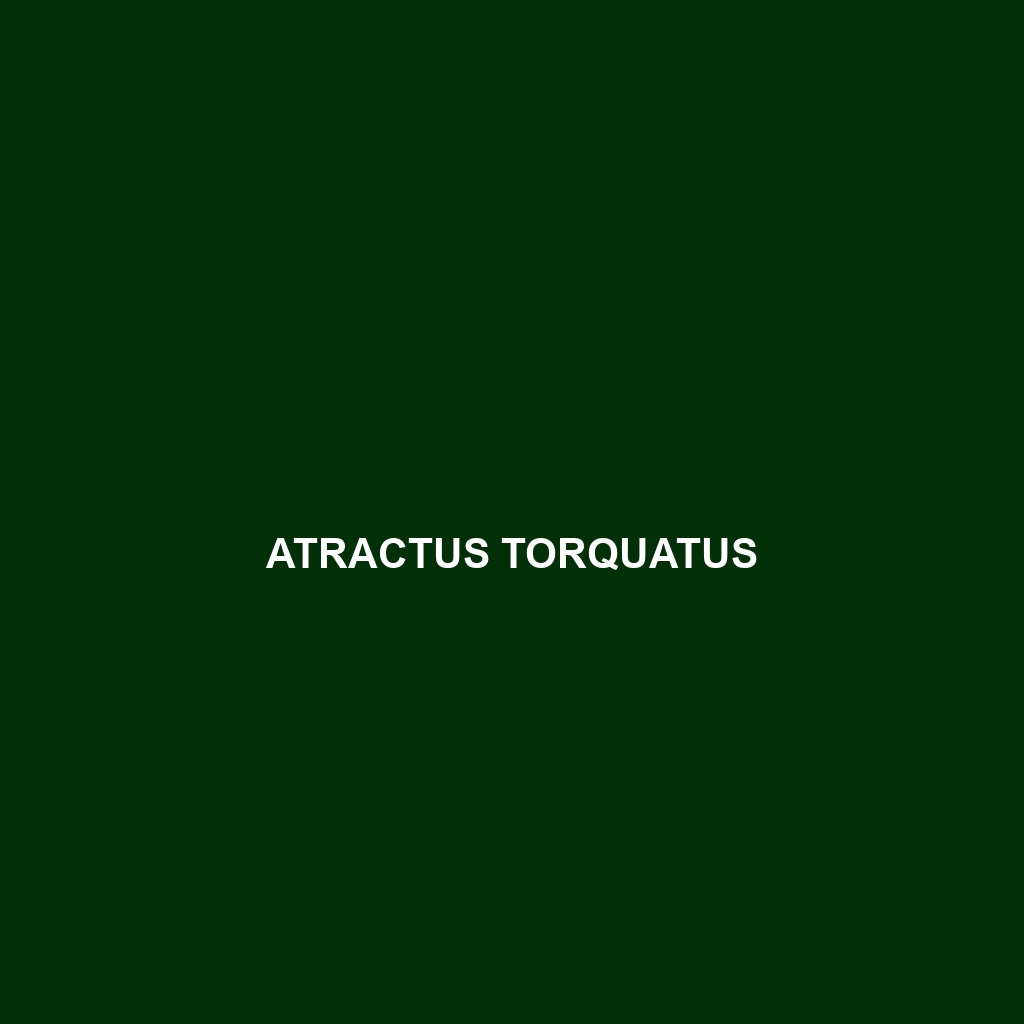<p><b>Proctoporus laudahnae</b> is a slender, nocturnal lizard native to the rainforests and temperate forests of Peru, known for its vibrant coloration and distinct scale patterns. As an insectivore, it plays a crucial role in its ecosystem by regulating insect populations, while its ability to change colors enhances its survival against predators.</p>
Tag: Peru wildlife
Proctoporus laudahnae
<p><b>Proctoporus laudahnae</b> is a slender, nocturnal lizard native to the rainforests and temperate forests of Peru, known for its vibrant coloration and distinct scale patterns. As an insectivore, it plays a crucial role in its ecosystem by regulating insect populations, while its ability to change colors enhances its survival against predators.</p>
Pholidobolus vertebralis
<p><b>Pholidobolus vertebralis</b> is a striking lizard native to the subtropical and tropical forests of Ecuador and Peru, known for its slender body, vibrant coloration, and remarkable climbing abilities. This insectivorous species plays a crucial ecological role by regulating insect populations while exhibiting fascinating diurnal behaviors, including elaborate mating displays.</p>
Liolaemus yarabamba
Discover the Liolaemus yarabamba, a vibrant lizard species native to the temperate forests and grasslands of Peru's Yarabamba Valley. Acclaimed for its distinctive patterns and adaptability, this fascinating insectivorous reptile plays a crucial role in its ecosystem by controlling insect populations and contributing to biodiversity.
Enyalioides annularis
<p><b>Enyalioides annularis</b>, a vibrant lizard endemic to the Amazon Basin, thrives in the humid rainforests of Peru and Ecuador. Measuring 15 to 25 cm, it exhibits distinct patterns and colors for camouflage, predominantly feeds on insects, and plays a vital role in its ecosystem as both predator and prey.</p>
Drymoluber apurimacensis
<b>Drymoluber apurimacensis</b>, a vulnerable snake species found in the montane rainforests of southern Peru, exhibits a unique ability to camouflage among dense foliage and plays a crucial role in the ecosystem as both predator and prey. With adults measuring 1.5 to 2.5 meters in length and primarily active at night, this species showcases fascinating behaviors and significant ecological contributions.
Dipsas maxillaris
Dipsas maxillaris, also known as the large-eyed snake, a medium-sized, nocturnal predator found in the humid forests of Central and South America. With its distinctive coloration and large almond-shaped eyes, this secretive species primarily feeds on slugs and snails, playing a vital role in its ecosystem.
Clelia plumbea
Discover the Clelia plumbea, or silvery clelia, a striking medium to large snake found in the tropical rainforests of Central and South America. With its shiny metallic gray color and docile nature, this nocturnal predator feeds on small mammals and plays a critical role in its ecosystem.
Atractus maculatus
<p><b>Atractus maculatus</b>, or the spotted snake, is a slender, nocturnal species thriving in the tropical rainforests of South America, particularly Colombia, Ecuador, and Peru. Recognizable by its dark brown or black body adorned with lighter spots, this snake plays a vital role in its ecosystem by controlling invertebrate populations and serving as a food source for larger predators.</p>
Atractus tartarus
<p>The <b>Atractus tartarus</b>, or tar tar snake, is a nocturnal, fossorial species native to tropical rainforests in South America, characterized by its striking dark brown to black coloration with lighter patterns. Measuring 40 to 60 centimeters, it primarily feeds on small invertebrates and plays a crucial role in maintaining ecological balance within its habitat.</p>









